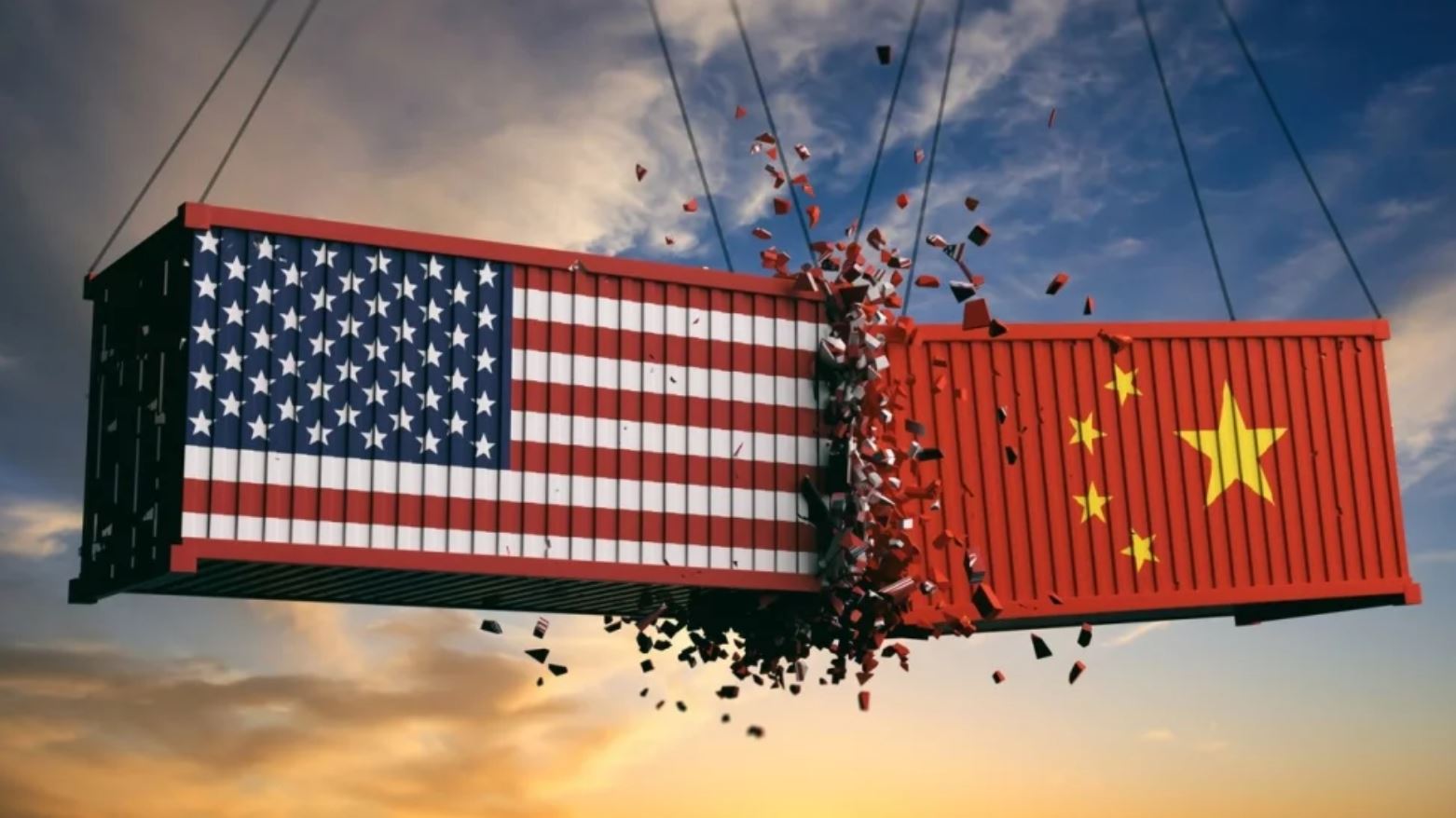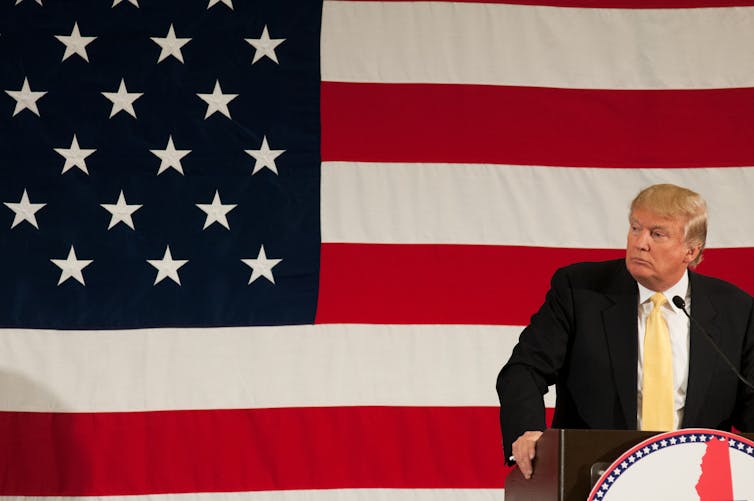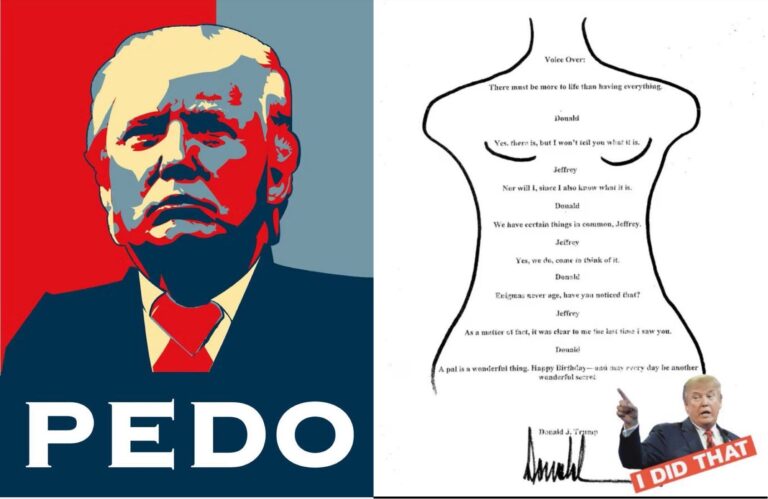
Christopher Dent, Edge Hill University
The clock is ticking for China and the US to resolve their trade dispute. Some progress was made at the last round of talks (January 7-9) but negotiators must find a comprehensive agreement by March 2. If they fail, the US government plans to raise tariffs from 10% to 25% on US$200 billion of Chinese imports. This would have an enormous impact not just on US-China bilateral trade but also on many other countries due to global supply chain linkages.
The US president, Donald Trump, wishes to adjust the “terms of trade” between both countries, addressing what he alleges are China’s “unfair” trading practices. Many observers believe this is a battle not just about trade but also about economic and technological supremacy.
The Trump administration accuses China of stealing technology from American companies. It has also been critical of the Chinese government’s strategic plans to make the country a world leader in industry sectors such as aerospace, renewable energy, robotics and electric vehicles. The recent successful landing of a Chinese spacecraft on the Moon would have caused further consternation among Americans fearful of China’s new technological capacities.
The US says it wants China to become a free market economy and ditch its state management approach. Ironically, the credibility of America’s position on this matter is undermined by Trump’s own protectionist stance on trade, which itself constitutes significant state intervention in the marketplace.

But, despite their political and economic differences, the reality is that the US and China’s economies are deeply interconnected through various layers of commercial, financial and production links. The two are so entwined that they have been dubbed a symbiotic “Chimerica” economy.
Economic interdependence
US-China economic interdependence has to be carefully managed and many companies are critical of the Trump administration’s decision to raise tariffs. They rightly warn that aggressive US actions against China will ultimately harm American firms, workers and consumers. What’s more, the world’s two largest national economies lie at the core of an ever more integrated global economy. Any significant disruption to their relationship will have major ramifications for businesses worldwide.
From his actions and tweeted thinking to date, it appears that Trump is failing to acknowledge the extent of US-China economic interdependence, or is choosing to ignore it. While the US trade deficit of US$336 billion with China in 2017 is at some level a cause for concern, China recycles much of its surplus back through buying US government securities.
Taking the car industry as an example, we can reasonably assume that Trump wishes to see more cars made by Ford, General Motors and other American firms in the US, which get sold both at home and in foreign markets. Ideally, in Trump’s view, they would also be sourcing materials and parts from US-based companies, thus overall generating more jobs and prosperity for Americans. But this cannot be sustainably achieved through protectionist trade measures.

Corine van Kapel / Shutterstock.com
Trump’s adoption of a defensive economic nationalist position and a simplistic “imports bad, exports good” mindset chimes with a 19th-century view of the world economy. Then it was the norm for companies to organise production in one nation and simply export from it. Today, technological advances mean companies increasingly organise their production across nations, mainly for reasons of cost efficiency, making goods cheaper to buy and providing wider consumer choice. In many of the world’s major industries, it makes no economic sense today to do otherwise.
Competitive advantage
For companies, the ultimate arbiter of success is the consumer. The fundamental reason why the sales of American car manufacturers have fallen over the years – both at home and in export markets – is not due to “unfair” trade practices but because they lack competitiveness. The same logic applies to other industries.
Sales of foreign cars in Japan illustrates this. While the Japanese car market is hard for foreign firms to penetrate, Japan does not apply import tariffs in this sector. So both European and US firms face the same challenges in satisfying the discerning Japanese consumer.
From 2013 to 2016, Japan’s imports of US cars fell from 23,381 to 19,933, whereas imports of European vehicles increased from 239,090 to 251,155. If Trump wishes American car makers to expand production and exports, they need to produce more competitive and desirable products.
Sometimes, this is extraordinarily difficult to achieve in industries experiencing deep structural decline, such as the US steel sector. There are, of course, many other sectors where American firms have developed a competitive advantage over their foreign rivals, such as cinema and television shows, popular culture, financial services and university education.
Higher tariffs on US imports of goods from China and other countries will in most cases be passed on as higher prices to American consumers, raising inflation and, in turn, interest rates. One of the ironies of imposing import tariffs on goods from China is that a high volume of these will come from US companies such as Apple and Dell, which assemble their products cost competitively in China, then export them to US consumers. Trump calls for these firms to relocate their production back to the US, but comparatively much higher labour and other costs would lead to higher prices for consumers and inflation.
It is time for the US president to end his short-sighted and self-harming trade policies, and fully appreciate the inter-connected nature of the 21st-century global economy and society. The future health of the global economy depends on a good working partnership between the US and China. Both countries must quickly end this trade war and focus instead on establishing more harmonious relations – for all our sakes.![]()
Christopher Dent, Senior Lecturer in Economics and International Business, Edge Hill University
This article is republished from The Conversation under a Creative Commons license. Read the original article.




27 Comments
Pingback: วิเคราะห์บอลวันนี้
Pingback: jazz instrumental music
Pingback: other
Pingback: สุทธิพัฒน์
Pingback: แทงบอล
Pingback: เว็บมวยไทยออนไลน์
Pingback: พรมรถ
Pingback: pg slot เว็บตรง
Pingback: Gambit777 เว็บสล็อต ตรงจากต่างประเทศ ไม่มีขั้นต่ำ
Pingback: sexy gaming ค่ายคาสิโนยอดนิยม
Pingback: E-Sport คืออะไร
Pingback: protein shake
Pingback: PG SLOT ปรับใหม่ เกมคุณภาพยืน1ฝากถอนไม่มีขั้นต่ำ
Pingback: thailand tattoo
Pingback: Dark Net Links
Pingback: BAU
Pingback: ทางเข้า LSM55
Pingback: slot99
Pingback: ไฮเบย์
Pingback: Angthong National Marine Park
Pingback: พิมพ์ใบปลิว
Pingback: Fruit Cocktail
Pingback: https://plinkogameonlinerealmoney.in/
Pingback: dowiedz się tego tutaj teraz
Pingback: rich89bet
Pingback: Mostbet
Pingback: e slot ดีอย่างไร